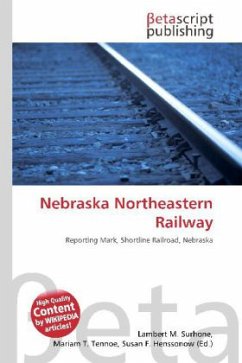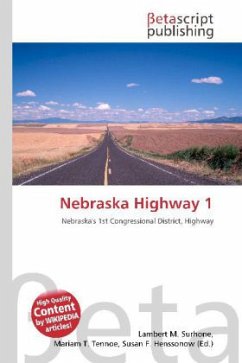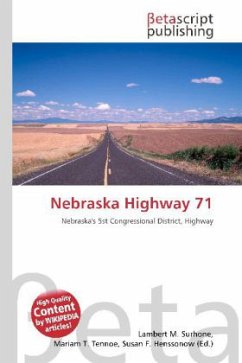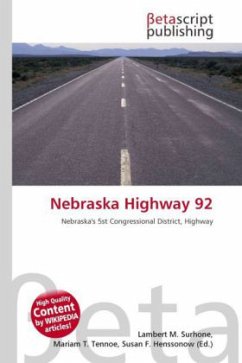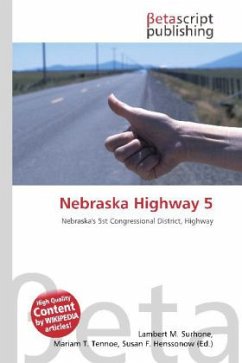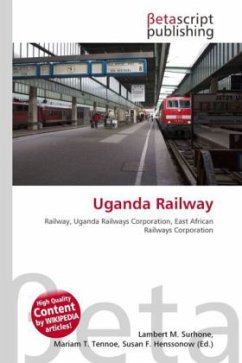Please note that the content of this book primarily consists of articles available from Wikipedia or other free sources online. A short line is an independent railroad company that operates over a relatively short distance. Short lines generally exist for one of three reasons: to link two industries requiring rail freight together (for example, a gypsum mine and a wall board factory, or a coal mine and a power plant); to interchange revenue traffic with other, usually larger, railroads; or to operate a tourist passenger train service. Often, short lines exist for all three of these reasons. In the beginning of the railroad age, nearly all railway lines were short lines, locally chartered, financed and operated; as the railroad industry matured, local lines were merged or acquired to create longer mainline railroads. Especially since 1980 in the USA and 1990 in Canada, many short lines have been established when larger railroad companies sold off or abandoned low-profit portions of their trackage. Short line operators typically have lower labor, overhead and regulatory costs than Class I railroads and therefore are often able to operate profitable lines that lost money for their original owners.
Bitte wählen Sie Ihr Anliegen aus.
Rechnungen
Retourenschein anfordern
Bestellstatus
Storno

